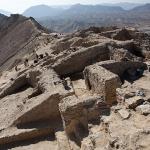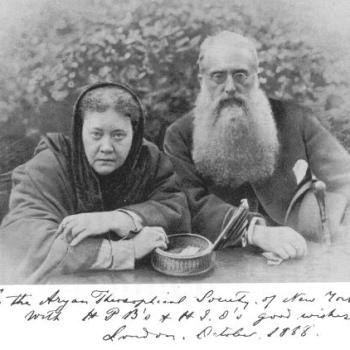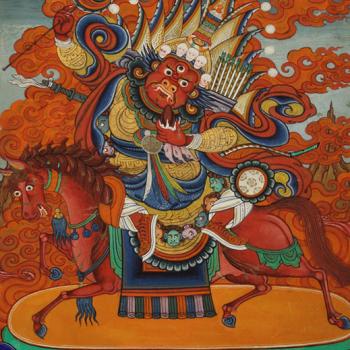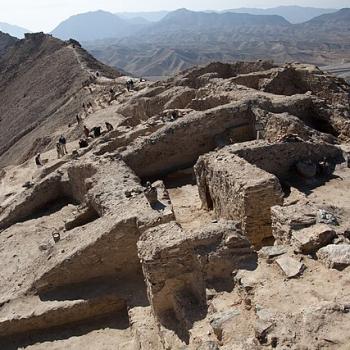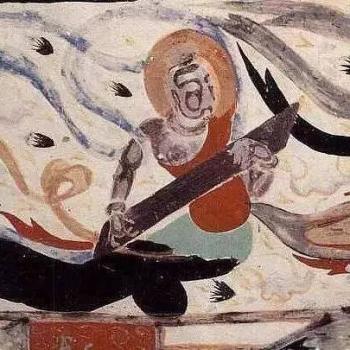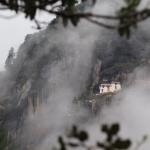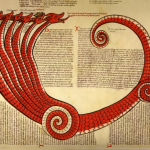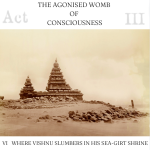Nalanda was the first residential university in human history. It also was one of the greatest centers of learning in the ancient world. This Nalanda university was a vast complex in which as many as ten thousand students could live and study under fifteen hundred teachers. Its legendary library was said to hold nine million books, although more sober sources suggest is was only hundreds of thousands. This remarkable place flourished for several centuries, but eventually it was destroyed and forgotten. And then, it was rediscovered.
Nalanda was located in what is now the state of Bihar, in northeast India. It is believed the university was founded in the 5th century by the Gupta emperor Kumaragupta I, who reigned from about 415 to 455 CE. It flourished under the patronage of a succession of rulers of India for more than seven centuries. For a time, there was nothing else like it in the world.
Students came to Nalanda from as far away as Tibet and across eastern and central Asia. They studied medicine, astronomy, mathematics, logic, philosophy, languages, and alchemy. Most of all, they studied Buddhism. Nalanda was a mahavihara, a great center of Buddhist learning and monasticism.
The Scholarship of Nalanda
Nalanda’s multidisciplinary academic curriculum blended Buddhism with knowledge in many different fields. For example, Ayurveda, an ancient practice of holistic healing, was taught and further developed there.
One of the great scholars associated with Nalanda was Aryabhata, a mathematician and astronomer. It’s speculated that Aryabhata, born in 476, was head of the school for a time in the 6th century. Aryabhata may have been the first mathematician to assign zero as a digit. He also did groundbreaking work in obtaining square and cubic roots and applying trigonometry to spherical geometry. Aryabhata’s written texts were widely circulated and would have a profound impact on the development of Islamic astronomy.
The Nalanda university offered instruction in all schools of Buddhism and Buddhist philosophy. Many of the great masters of Indian Buddhism taught there. The curriculum also included study of the Vedas and Hindu philosophical schools. And the best scholars were sent all over Asia to spread knowledge. Sugato Mukherjee wrote for the BBC, “Nalanda’s enlightened approach to philosophy and religion would help shape the culture of Asia long after the university ceased to exist.”
The End of Nalanda
Over the centuries Buddhism slowly faded from India. Hinduism and Jainism were far more dominant in the lives of most people. By the twelfth century most of what remained of Buddhism on the Indian subcontinent was concentrated in three large monasteries in what is now Bihar—Nalanda, Odantapuri, and Vikramashila—and in two more, Somapura and Jagaddala, which were located on the lower Ganges in what is now Bangladesh.
In about 1193, Bihar was invaded by a Turkic army led by a general named Muhammad Bakhtiyar Khilji. The assault came as one among numerous waves of Muslim attacks against India, Possibly believing the university was some kind of fortress, Khilji ordered it destroyed and its residents slaughtered.
The library at Nalanda was the largest repository of Buddhist chronicles and scriptures in the world. The fires that destroyed it burned for months. It’s said dense smoke from the fires settled over the land for a very long time. A Tibetan pilgrim who visited Nalanda in 1235 reported that the great university was mostly abandoned.
The invading armies also destroyed Odantapuri, Vikramashila, Somapura, and Jagaddala, which effectively ended Buddhist institutions on the Indian subcontinent. They would not return until the 20th century. As the ruins of the mahaviharas crumbled, people forgot what they had been. Nalanda was remembered outside of India, but not within it.
The Rediscovery of Nalanda
It 1861, an out-of-the-way area in Bihar came to the attention of Sir Alexander Cunningham, director of the Archeological Survey of India. Another British expat in India had seen many pieces of very old Buddhist art in a village there. Cunningham tasked workers with clearing the wild vegetation off a mound. Soon very old plaques were unearthed bearing the name Nalanda Mahavihara.
Cunningham recognized the name Nalanda from the writing of a 7th century Chinese monk who had spent time at the university. So it was the site of the university was identified. Cunningham would later play an important role in restoring the Mahabodhi Temple and the Parinirvana Stupa, among other significant Buddhist sites.
Today Nalanda is a UNESCO World Heritage Site, and the ruins excavated so far are spread over 23 hectares, or nearly 70 acres. India established a new Nalanda University in Bihar, which opened its doors to students in 2014.
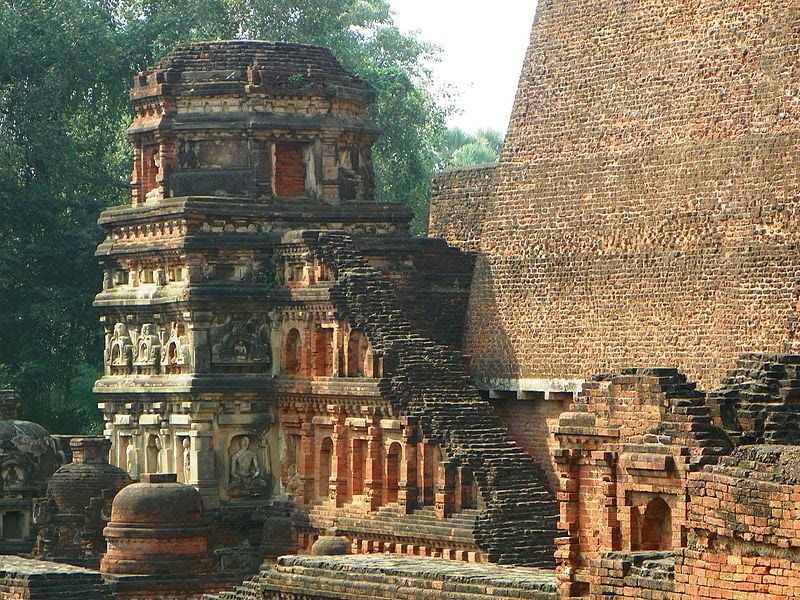
A small part of the excavated ruins of Nalanda. Source: Wikimedia Commons, CC BY-SA 4.0 license.




